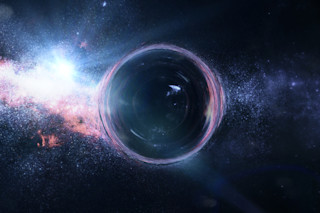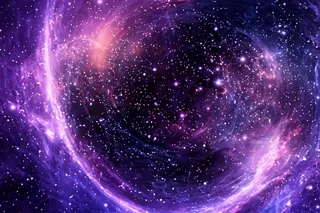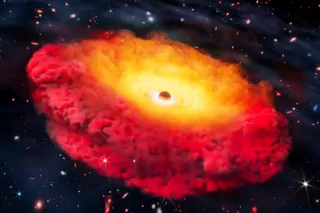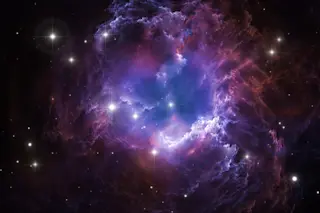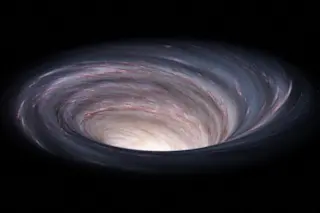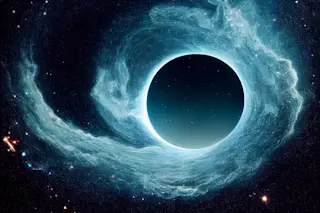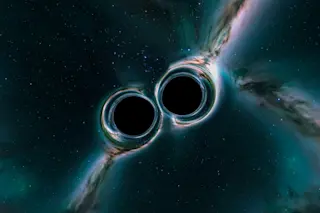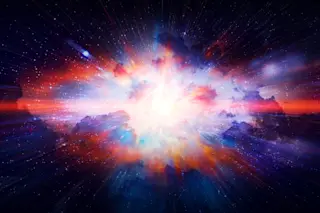In the 1970s, Stephen Hawking discovered something impossibly wrong with black holes: It was mathematically possible for them to shrink or even disappear. If a black hole disappeared, that would mean that everything it had sucked in disappeared too. And in physics, stuff isn’t supposed to just disappear — it can change its form, but its component subatomic information still needs to exist in the universe. In other words, black holes, by their sheer existence, are capable of destroying information about subatomic particles that (according to quantum physics) shouldn’t be able to be destroyed. This problem — called the black hole information paradox — has plagued physics for decades. But theoretical physicist Samir Mathur has proposed a solution: changing the way we think of black holes and picturing them instead as “fuzzballs.”
Based on the traditional picture handed down by the likes of Einstein, “quantum mechanics is violated when you ...


